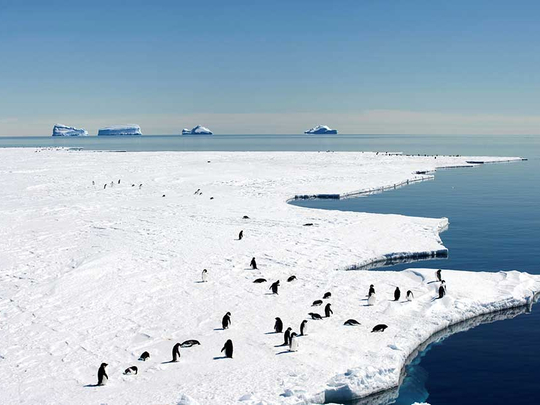
If you’ve seen pictures or videos of Antarctica, the coldest, driest continent in the world, it might be difficult to imagine it as a lush, forested land. But it once was exactly that!
Click start to play today’s Crossword, where you can test your knowledge of the world’s southernmost continent.
In 2016, a team of researchers braved Antarctica’s negative temperatures and icy winds to search for fossil fragments, according to a November 2017 report in the National Geographic. By the end of their expedition, they had found 13 fossil fragments, from trees that dated back more than 260 million years, which is around the time of the world’s greatest mass extinction event.
The fossils preserved bits of ancient trees – even microorganisms and fungi inside the wood – revealing incredible information about how the continent looked back then.
Antarctica, for instance, was much warmer and humid, and had a dense forest, with a low-diversity network of resilient plants that were able to withstand polar extremes. And its ancient trees could switch rapidly between seasons – within the span of a month – unlike today’s plants, which take several months to transition. The ancient trees were able to survive up to five months in complete darkness, and also in five months of continuous sunlight.
Even as the Antarctica of our age is an icy white, its landscape is slowly becoming greener, to the concern of scientists. Layers of moss have accumulated on the continent over the past 150 years, and it’s growing at a rapid rate. According to a June 2017 study published in the US-based journal Current Biology, until about 50 years ago, the moss banks grew at an average pace of one millimetre or less a year. Since then, the growth has averaged three or more millimetres a year.
The reason behind the growth, according to a May 2017 report in the National Geographic, is global warming. As Antarctica’s ice melts, more water is available to keep the moss moist. Rising heat also provides a longer growing season for these hardy plants.
Do you think a green Antarctica is going to be a reality? Play today’s Crossword and tell us at games@gulfnews.com.



